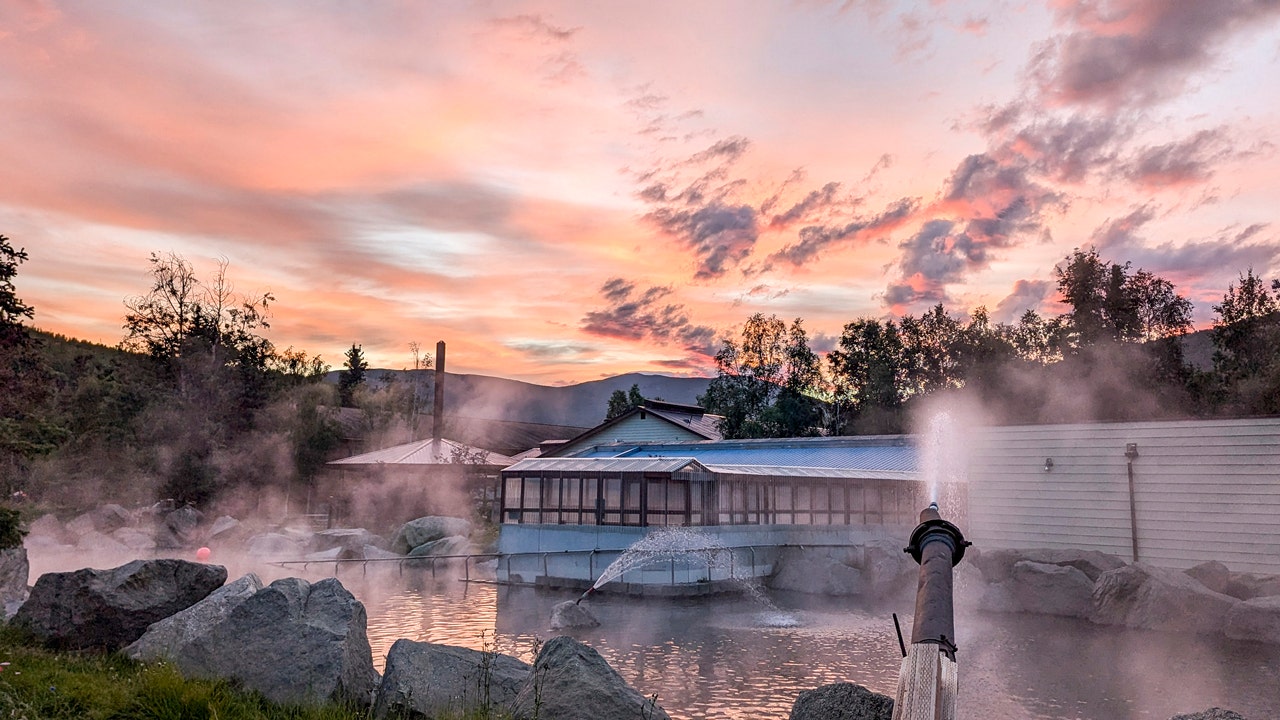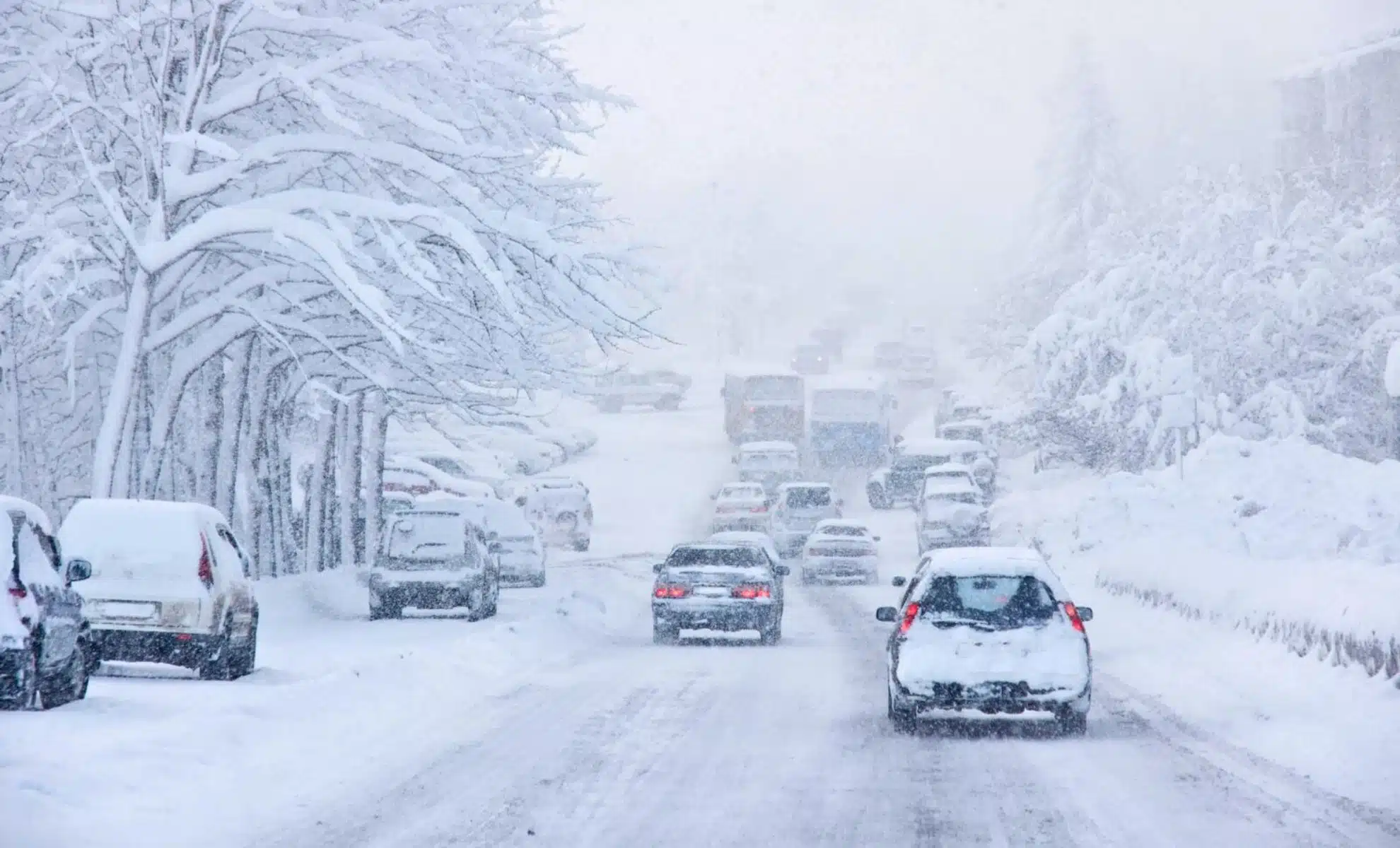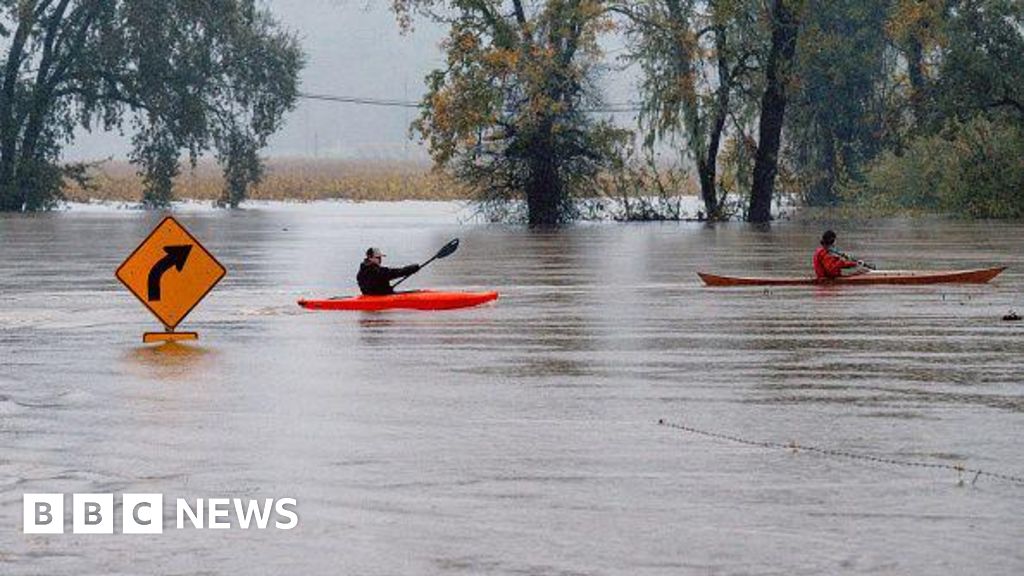Travel
Trump’s promise to reinstate travel bans has scientists deeply concerned

On the heels of Donald Trump’s presidential election victory, MIT issued a note of caution to its international students: Assess your winter break travel plans.
“The new administration will be sworn in on January 20, 2025, and new executive orders that may impact travel and visa processing may be implemented,” the director of the university’s international students office wrote in a Nov. 12 message posted on its website. “Any processing delays could impact students’ ability to return to the U.S. as planned.”
The University of Massachusetts Amherst issued a nearly identical travel advisory to its students, staff, and faculty.
The warnings reflect already palpable concern that Trump will make good on a campaign promise to reinstate — and expand — travel restrictions put in place during his first stint in office. That prospect has members of the life sciences community bracing for policies that could bar the entry of researchers from countries deemed security threats to the United States, as well as measures that would make entering the country tedious, time-consuming, and expensive.
The exact nature and scope of any restrictions is for now unclear, and Trump has at times paradoxically said he’d incentivize foreign graduates to stay in the country. Yet scientists, biotech leaders, and immigration experts told STAT they fear the incoming administration will send a message to international researchers that they’re not wanted here, an outcome they warned would undermine the United States’ position as a scientific powerhouse and discourage vital collaborations.
“Science is a global endeavor,” said Stefano Bertuzzi, CEO of the American Society for Microbiology. “When there is a health crisis, it’s never a good time to start exchanging business cards with our scientific counterparts outside of the country. You want to have built those relationships over time.”
Researchers from outside the United States play a growing role in driving early-stage scientific discovery. The share of new biomedical Ph.D. grads who were internationals on temporary visas rose from 8% in 1978 to 24% in 2023, according to data from the National Science Foundation. Similarly, the proportion of foreign scientists working as postdoctoral researchers shot up from 36% in 1980 to 54% in 2022.
Travel limitations on international researchers could further stress the academic workforce, which is experiencing an unprecedented exodus of early-career life scientists, many of whom are ending postdocs early or avoiding them altogether to take lucrative jobs in private industry. That trend has already caused some projects to slow or stall, with hypotheses going untested and grant dollars unused.
“It’s very hard to find postdocs. And now, if we’re further limited in the countries that we can get postdocs from because of bans or different policy changes, it’s going to be even more challenging,” said Elvisha Dhamala, a neuroscientist at the Feinstein Institutes for Medical Research whose lab consists entirely of international researchers. “That’s just going to slow down scientific progress as a whole.”
She’s bracing for a repeat of what happened in 2017, when, a week after taking office, Trump signed an executive order prohibiting nationals from seven majority-Muslim countries from entering the United States. That same day, the State Department quietly revoked visas of travelers from Iran, Iraq, Libya, Somalia, Sudan, Syria, and Yemen.
The impacts were felt almost immediately, as researchers who’d planned to work in the U.S. or present at scientific conferences suddenly weren’t able to enter the country. And while the order was quickly challenged in court, it was replaced with subsequent orders and proclamations that maintained some restrictions on travelers from many of the originally named countries, with new nations later added to the list.
President Biden reversed those restrictions in a proclamation issued on his first day in office. Trump repeatedly vowed to bring them back during his campaign for a return to the White House.
“Under the Trump administration, we imposed extreme vetting and put on a powerful travel ban to keep radical Islamic terrorists and jihadists out of our country,” he said at a rally in Iowa last year. “When I return to office, the travel ban is coming back even bigger than before, and much stronger than before.”
The president-elect reiterated that message at a conference of the Israeli-American Council in September. Trump has said he’d govern by the motto of “promises made, promises kept,” and he has selected Stephen Miller, architect of the original travel ban, as his deputy chief of policy.
Some scientists were already bracing for a return of travel bans even before Trump’s victory — and taking steps to reduce the impact of any restrictions. Dhamala told STAT that she has been directly involved in the planning of two scientific meetings that won’t be held in the U.S. due in part because of travel concerns, including one conference that usually draws 3,000 to 4,000 attendees.
“The approach has sort of been to ideally avoid the U.S. as much as possible until what would be expected to be the end of the Trump presidency,” said Dhamala, who declined to name the meetings because of the sensitive nature of those discussions.
Travel restrictions instituted during Trump’s first term drew criticism not only from academics and scientific societies, but from more than 150 biotech executives and investors who slammed the policy as misguided.
“If I’m in biotech or pharma and I’m trying to recruit the best of the best, I’m not necessarily biased toward where a person came from,” said Richard Heyman, one of the letter’s signatories and an investor with ARCH Venture Partners. “I’m looking for the best talent.”
Notably, the Biotechnology Innovation Organization (BIO) and Pharmaceutical Research and Manufacturers of America (PhRMA), the industry’s top two trade groups, did not comment on the restrictions. That silence continues. BIO did not respond to requests for comment from STAT, and PhRMA offered a statement from CEO Stephen J. Ubl that said the group wants to work with the Trump administration to strengthen the industry but that did not address the travel issue.
The first-term restrictions also created issues for high-profile medical centers that lost out on revenue from foreign patients willing to pay full price for care. Between 100,000 and 200,000 people visit the country for medical services each year, according to the U.S. International Trade Commission, roughly 8% of them from the Middle East.
In some moments, Trump’s campaign was marked by mixed messages on immigration. During a taping of the “All-In” podcast earlier this year, Trump said he’d like to offer green cards to any foreign student who graduates from a U.S. university so they aren’t forced to leave the country due to visa issues. But campaign press secretary (and incoming White House press secretary) Karoline Leavitt quickly walked back that comment.
“President Trump has outlined the most aggressive vetting process in U.S. history, to exclude all communists, radical Islamists, Hamas supporters, America haters and public charges,” Leavitt said in a statement issued hours after the podcast posted. “He believes, only after such vetting has taken place, we ought to keep the most skilled graduates who can make significant contributions to America.”
In addition to outright bans, immigration experts noted there are more subtle ways Trump could stymie the entry of foreign researchers. Elizabeth Goss, an immigration attorney in Boston, pointed out that about half of non-immigrant visas are issued without an in-person interview. If the Trump administration were to do away with interview waivers, she said, that would immediately put securing a visa out of reach for many internationals. Appointment wait times for a visa interview are as long as a year or more in some countries as is.
“You can just wear people down. It’s death by 1,000 paper cuts versus some dramatic spectacle,” Goss said. “You ask a lot of questions. You make people work much harder. You make it more expensive. You make it more tiresome.”
Goss and others — including graduate students and officials at scientific societies who requested anonymity to speak freely — added that making it more difficult for foreign researchers to enter the U.S. could push some scientists to seek opportunities elsewhere. By some estimates, that would be costly. An analysis from the National Foundation for American Policy, a nonpartisan nonprofit, calculated that blocking foreign Ph.D. students from working at American universities could lead to billions in lost revenue from discoveries they would have patented.
It’s stories like Forough Habibollahi’s that worry the U.S. science community. Travel issues snared the Iranian student after she applied for graduate school in 2017. She was accepted into a Ph.D. program at Northeastern University in Boston, where she planned to study neuroscience. Habibollahi couldn’t believe her luck — her partner had been accepted into the same program, too.
“We were very excited to go. We even bought our flight tickets,” she told STAT. “We chose our seats.”
But the pair started having second thoughts. Like many Iranian students, Habibollahi was issued a single-entry visa, meaning that if she were to visit home before the end of her graduate program, she wouldn’t be able to come back to the U.S. without applying for a new visa. Her safest bet would be not to return home for the six years it would likely take her to complete her degree, even though she and her partner had aging parents.
That worried Habibollahi. So did stories from friends who’d traveled to the U.S. only to be stopped mid-transit and forced to return home due to Trump-era travel restrictions. So about 10 days before the start of her graduate program, and with her bags partially packed, she told her would-be Ph.D. adviser she wouldn’t be coming to the U.S. after all.
Habibollahi instead went to Australia to earn her Ph.D. She now works in Melbourne as a data scientist at Cortical Labs, a synthetic biology startup. She says that while she still hopes to visit the U.S. on occasion, she and her partner plan to settle and work in Australia long-term.
“We love living here,” she said.









